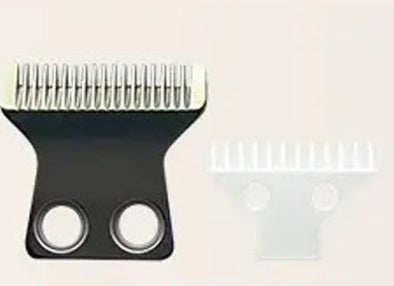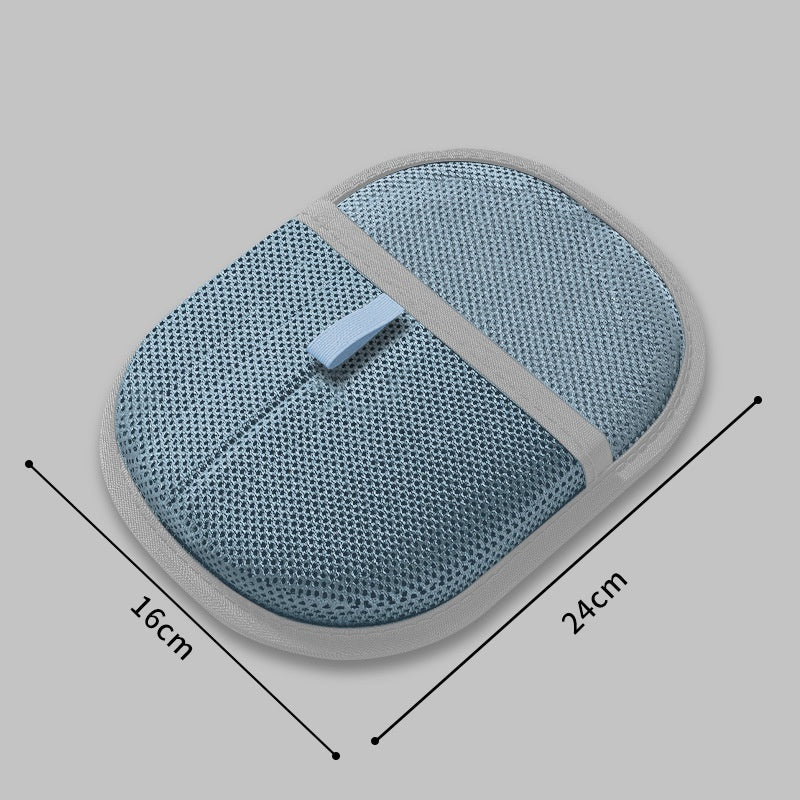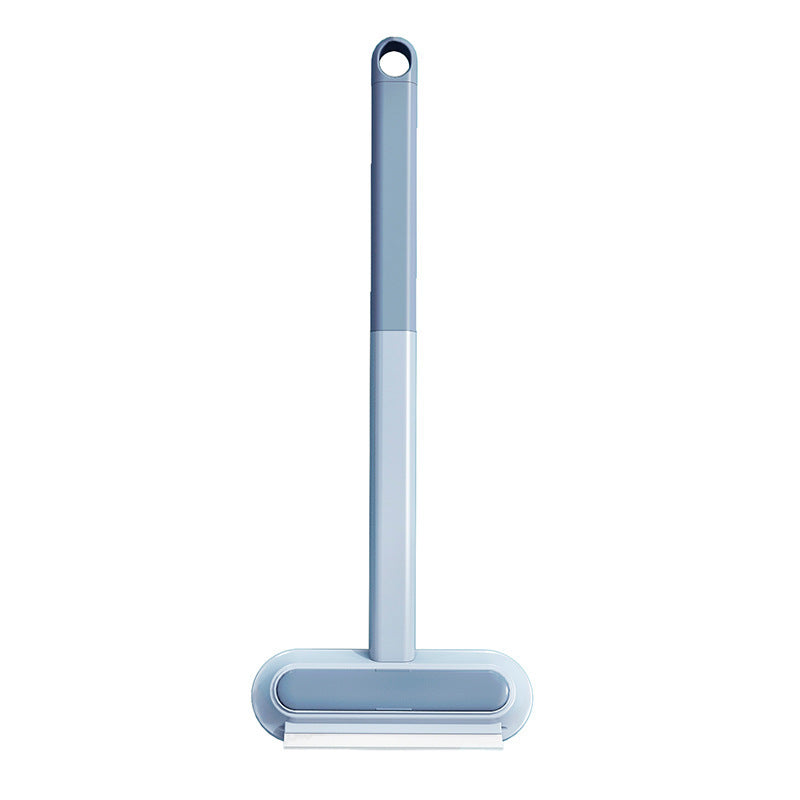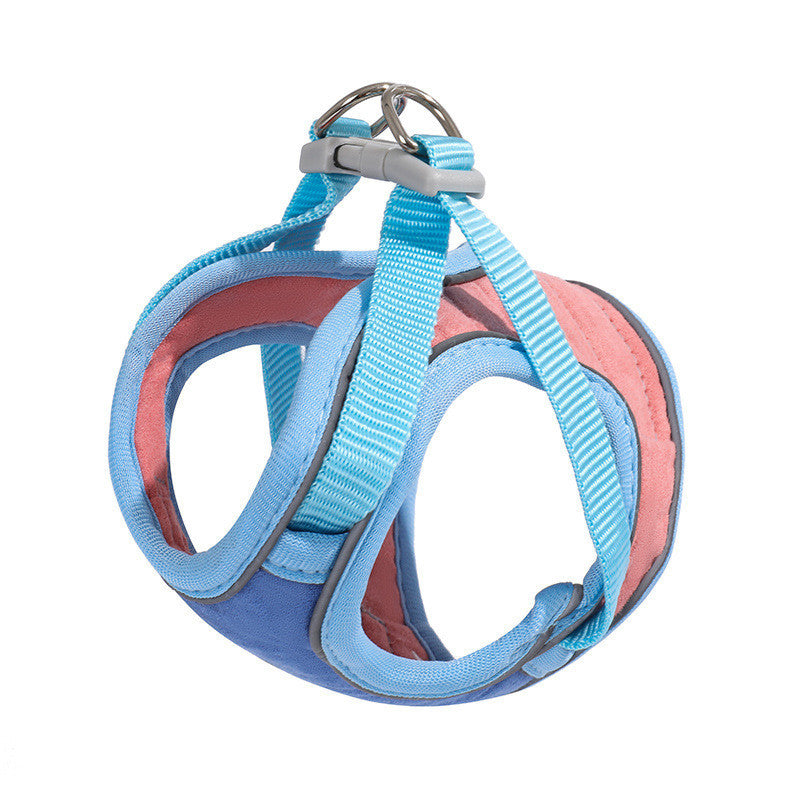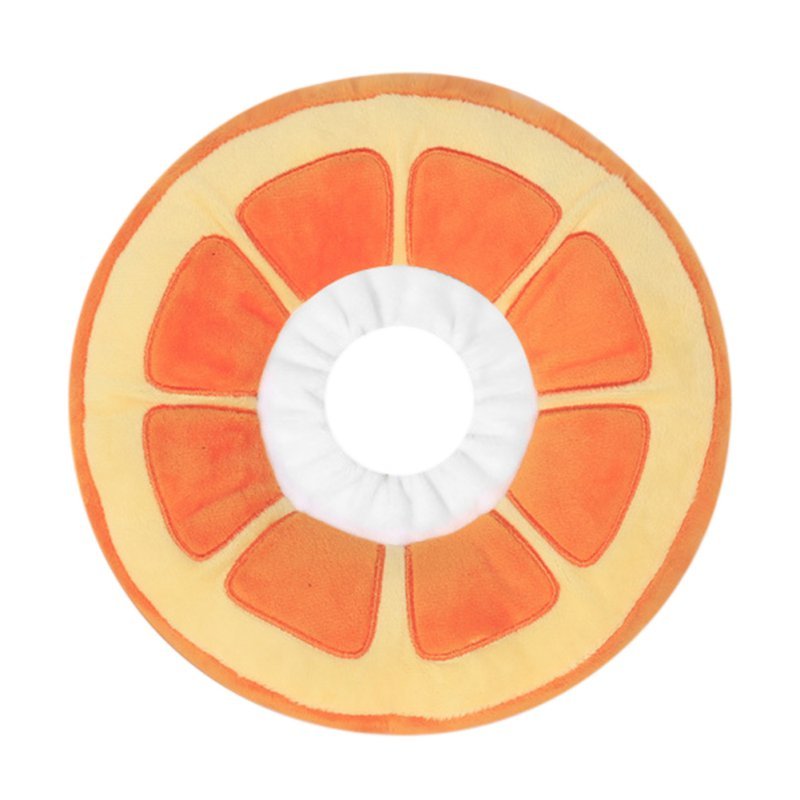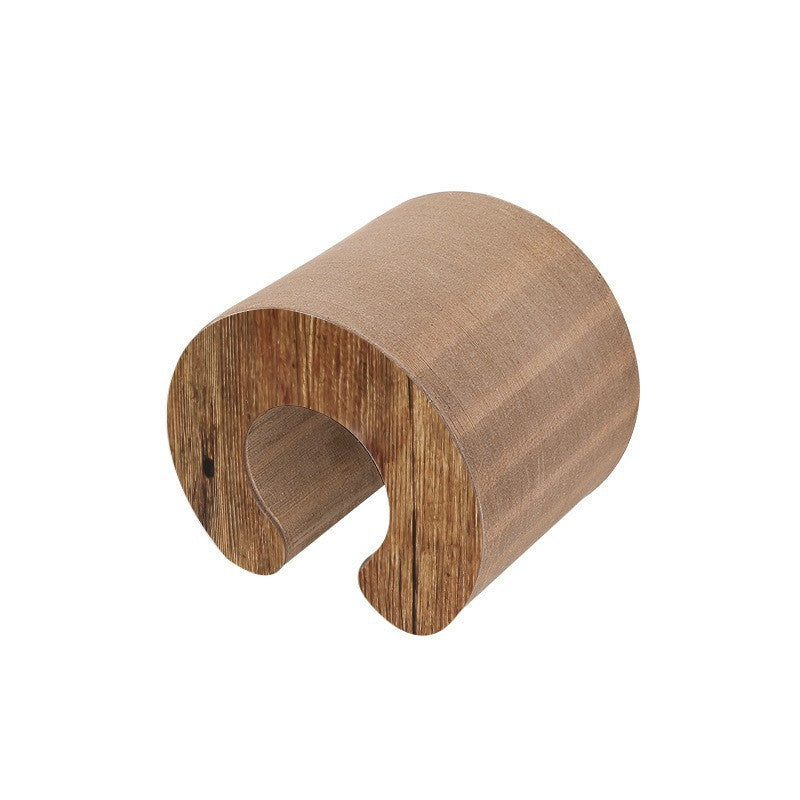Turn Your Balcony Into a Secure Feline Paradise
Living in an apartment doesn't mean your cat has to miss out on fresh air and sunshine. With proper cat-proofing, your balcony can become a safe, stimulating outdoor space—perfect for bird-watching, sunbathing, and stretching their legs. However, transforming your balcony into a feline haven requires careful planning and attention to safety details.But one wrong move could lead to a devastating fall. Let's explore how to make your balcony 100% cat-safe whilst creating an enriching environment your moggy will absolutely adore.
Why Balcony Safety Matters
In cities like Sydney and Melbourne, balcony falls are a genuine and heartbreaking risk for urban cats. High-rise syndrome affects cats of all ages, and contrary to popular belief, cats don't always land on their feet, especially from significant heights. Cats can lose balance whilst chasing birds, get spooked by loud noises from traffic or construction, or simply misjudge a jump in their enthusiasm to explore.According to RSPCA Australia, even the most confident climbers can slip, particularly on wet or windy days when surfaces become treacherous. Young cats may lack the experience to judge distances properly, whilst senior cats might struggle with arthritis or reduced mobility that affects their balance. The urban environment presents unique challenges too: sudden gusts of wind between buildings, reflective surfaces that can confuse depth perception, and the irresistible temptation of pigeons just out of reach.
The consequences of a fall can be severe, ranging from broken bones and internal injuries to trauma that may leave your cat permanently fearful of outdoor spaces. Prevention is always better than cure, and with the right safety measures, you can eliminate these risks entirely whilst still providing your cat with the outdoor stimulation they crave.
How to Cat-Proof Your Balcony
1. Install Mesh Netting: Your Primary Defence
The cornerstone of any safe cat balcony is high-quality mesh netting. Use pet-safe, UV-resistant mesh with a minimum height of 2 metres, though 2.5 metres is even better for determined climbers. The mesh should have openings no larger than 2.5cm to prevent cats from getting their heads stuck or squeezing through.
Choose galvanised steel mesh or heavy-duty polypropylene specifically designed for pet enclosures. Avoid chicken wire at all costs. It's flimsy, can rust, and the sharp edges can cause nasty injuries to paws and claws. Secure the mesh tightly to railings, walls, and ceiling points using quality fixings. Pay special attention to corners and joints. These are the most likely spots for gaps to appear over time.
Consider adding a "roof" section if your balcony isn't covered. This prevents cats from climbing over the top and provides additional weather protection. The mesh should extend slightly inward at the top (creating an overhang) to deter even the most athletic cats from attempting an escape.
2. Close Gaps in Railings: No Escape Routes
Standard apartment railings often have gaps that seem harmless but can be deadly escape routes for cats. Any space wider than 5cm poses a risk. Cats are remarkably good at squeezing through seemingly impossible gaps. Use marine-grade plexiglass, powder-coated metal panels, or purpose-built pet barriers to block these openings.
When installing panels, ensure they're secured from both sides and can withstand weather extremes. In Australia's harsh climate, materials need to handle everything from scorching summer heat to winter storms. Check regularly for any loosening or damage that might create new gaps.
Don't forget about the gap between the balcony floor and the bottom rail. This is often overlooked but can be just as dangerous. A curious cat might try to squeeze underneath, potentially getting stuck or falling through.
3. Create a Dedicated Catio Section
For the ultimate in feline luxury and safety, consider creating a fully enclosed catio (cat patio) section. Use modular panels that can be easily assembled and, if necessary, removed to comply with apartment regulations. These systems often feature powder-coated steel frames with mesh panels that can be configured to fit your specific balcony dimensions.
A catio doesn't have to occupy your entire balcony, even a corner section can provide tremendous value. This enclosed area can house more elaborate enrichment features like multi-level climbing structures, scratching posts, and comfortable resting areas without worrying about items blowing away or becoming weather-damaged.
Many Australian suppliers now offer catio kits specifically designed for apartment balconies, with options ranging from basic enclosures to elaborate multi-level playgrounds.
4. Provide Engaging Enrichment
A safe balcony is only half the equation. It also needs to be interesting! Cats are natural hunters and explorers, so your balcony should cater to these instincts whilst keeping them safely contained.
Vertical Elements: Cats love to climb and survey their territory from height. Install sturdy shelving at different levels to create climbing opportunities. Cat trees designed for outdoor use (weather-resistant materials) work brilliantly. Ensure all vertical elements are securely anchored since Australian winds can be fierce.
Sensory Stimulation: Hanging toys that move in the breeze provide endless entertainment. Bird feeders placed just outside the balcony (but visible through the mesh) create a "cat TV" experience. Wind chimes add auditory interest, though choose gentle tones that won't startle nervous cats.
Comfort Zones: Provide multiple resting spots at different levels and temperatures. Elevated hammocks catch breezes and provide security, whilst ground-level beds offer cosy hideaways. Consider both sunny and shaded options so your cat can choose their preferred temperature throughout the day.
Greenery: Cat grass and other safe plants add natural elements that many cats enjoy. Herbs like mint, parsley, and catnip can provide additional sensory enrichment. Ensure all plants are securely potted to prevent tipping.
5. Plant Selection: Beauty Without Danger
Many common plants are toxic to cats, so plant selection requires careful consideration. Stick to verified cat-safe options like spider plants, Boston ferns, parlour palms, and wheatgrass. These plants can handle Australia's variable climate whilst providing visual appeal and safe nibbling opportunities.
Create a dedicated herb garden with cat-friendly options like basil, parsley, cilantro, and dill. Not only are these safe, but many cats enjoy the varied scents and textures. Catmint and catnip can provide special treats, though be aware that not all cats react to these plants.
Avoid any plants from the lily family, azaleas, oleander, and sago palms—these are particularly dangerous for cats. When in doubt, consult the RSPCA's comprehensive list of toxic plants before making any additions to your balcony garden.
Aussie-Friendly Materials and Climate Considerations
Australia's diverse climate zones present unique challenges for balcony cat-proofing. From Darwin's tropical humidity to Melbourne's four-seasons-in-one-day weather, your materials need to handle it all.Sun Protection: Sun-shade sails are essential in most Australian locations. Choose heavy-duty, UV-rated sails that can handle strong winds. Position them to provide shade during the hottest parts of the day whilst still allowing morning and evening sun access.
Building Materials: Termite-resistant timber like treated pine or naturally resistant hardwoods, work well for DIY structures. Marine-grade stainless steel fixings prevent rust in coastal areas where salt air can quickly corrode standard hardware.
Weather-Resistant Options: All outdoor fabrics should be marine-grade or outdoor-rated. Look for mould and mildew resistance, especially in humid climates. Quick-drying materials make post-rain cleanup much easier.
Temperature Management: In extreme heat areas, consider installing misters or small fans (safely enclosed) to provide cooling. Reflective materials on hot surfaces can prevent paw burns on scorching summer days.
Seasonal Considerations and Maintenance
Your cat's balcony needs will change throughout Australia's varied seasons. Summer requires additional shade and cooling options, whilst winter might call for wind barriers and warm sleeping spots. Regular maintenance ensures continued safety. Check mesh integrity monthly, tighten loose fittings, and replace any worn materials promptly.During storm season, secure or remove any loose items that could become projectiles. Heavy rain might require temporary adjustments to ensure drainage and prevent water pooling that could create slip hazards.
Legal and Practical Considerations
Before beginning any balcony modifications, check with your strata corporation or building management. Many apartments have specific rules about structural modifications, though most allow temporary or removable safety installations. Some buildings may require pre-approval for aesthetic reasons, particularly if modifications are visible from the street.Consider your neighbours too. Ensure your setup doesn't interfere with their balcony use or create privacy issues. Good relationships with neighbours can make the approval process much smoother.
With the right setup, your balcony can be a purr-fect outdoor escape, safe, stimulating, and full of feline fun. The investment in proper cat-proofing pays dividends in your cat's health, happiness, and your own peace of mind.
Frequently Asked Questions
Q: Is chicken wire safe for balcony netting?A: Absolutely not. Chicken wire is weak, can injure paws with its sharp edges, and may rust over time. Use galvanised steel pet mesh or heavy-duty polypropylene specifically designed for animal enclosures.
Q: Can I leave my cat alone on the balcony?
A: Only if it's fully secured with proper mesh, has weather protection, and climate conditions are appropriate. Never leave cats outside during extreme weather events. Always ensure they have access back inside.
Q: How do I stop my cat from climbing the netting?
A: Angle the top section outward at 45 degrees or add a roll-over deterrent along the top edge. Some owners install a "roof" of mesh to eliminate climbing altogether.
Q: Are balcony catios allowed in apartments?
A: This varies by building. Check with your strata corporation or building management first. Many approve removable or temporary installations that don't damage the structure or affect the building's appearance.
Q: What if it rains heavily?
A: Install waterproof covers, retractable awnings, or sloped roofing to keep sections dry. Ensure proper drainage to prevent water pooling, and provide sheltered areas where your cat can stay comfortable.
Q: How much does cat-proofing a balcony typically cost?
A: Costs vary widely depending on balcony size and chosen materials. Basic mesh installation might cost $200-500, whilst elaborate catio systems can range from $800-3000+. Many components can be DIY projects to reduce costs.
Q: What's the minimum space needed for a cat balcony?
A: Even small balconies can be cat-proofed effectively. A 2m x 1m space can provide valuable outdoor access when properly enclosed and enriched with vertical elements.
Q: Do I need council approval for balcony cat-proofing?
A: Generally no, as most cat-proofing involves temporary installations that don't alter the building structure. However, check local regulations and always get strata approval first.









